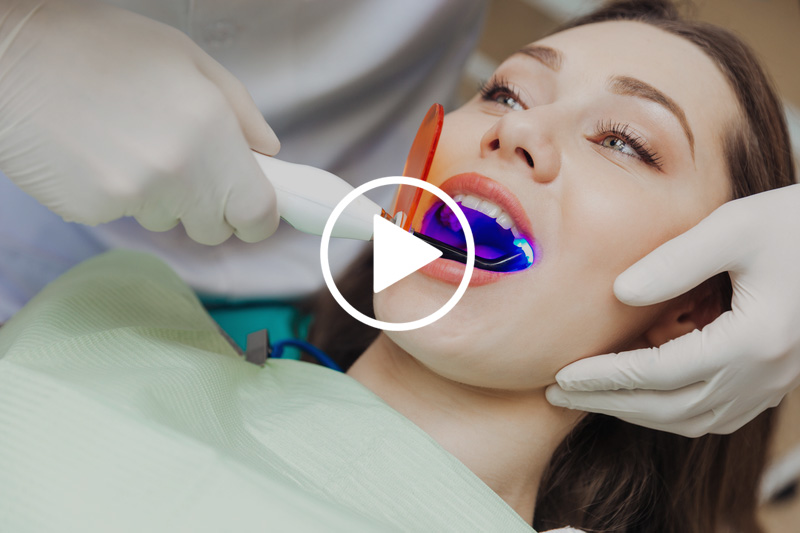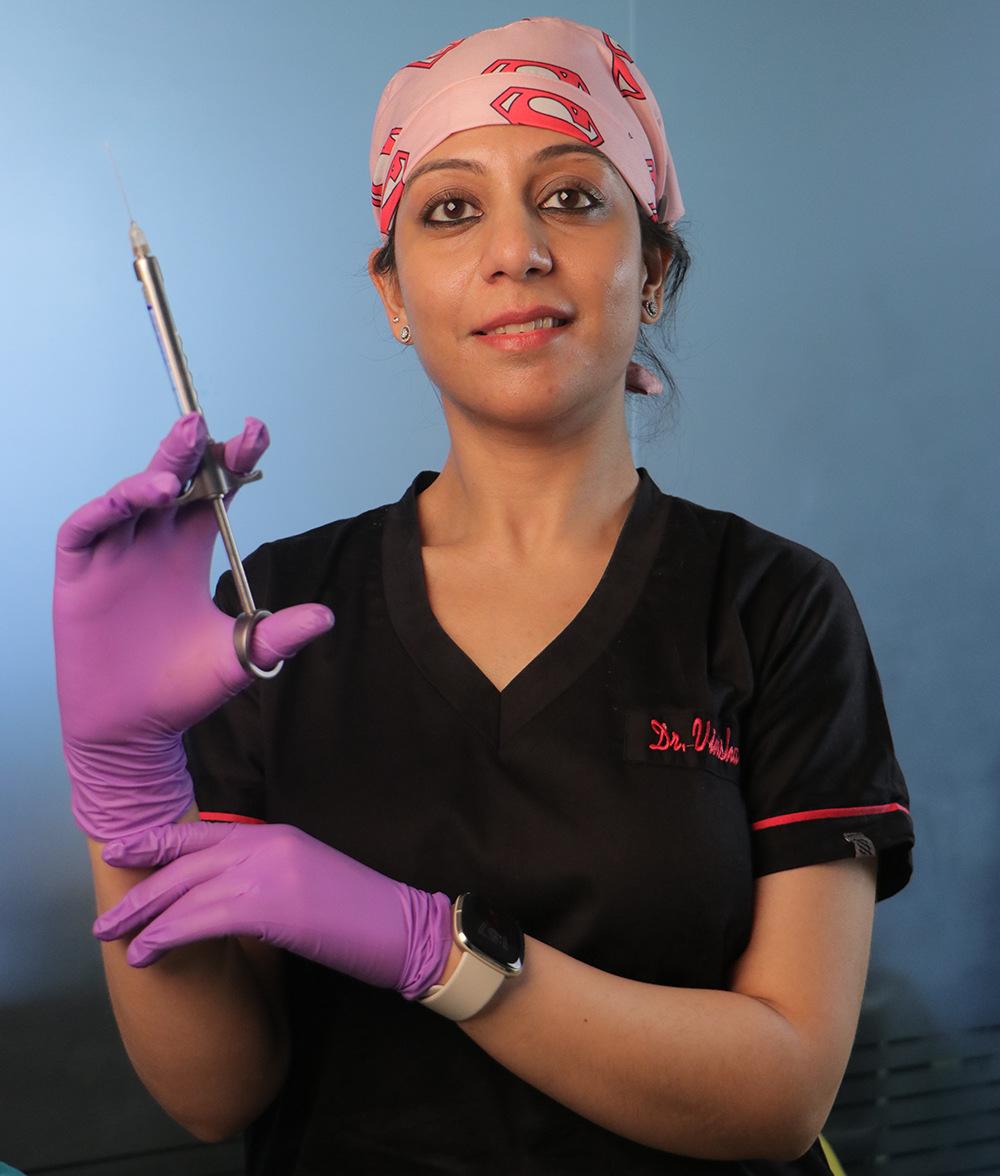Types of Dental Lasers
Soft Tissue Lasers – Procedures involving the mouth's soft tissues, such as the gums, tongue, lips, and cheeks.
Hard Tissue Lasers - The lasers used to cut hard tissues in the mouth, such as teeth and bones.
Dental Lasers vs Traditional Drill
Traditional methods involve use of drills which is a small and high-speed drill. Commonly used to eliminate decay and modify the shape of tooth structure. Drill dentistry is more painful as compared to lasers as anesthesia is necessary with traditional methods.
Blood loss is minimized with lasers as lasers promote blood clotting at a faster rate as compared to drill dentistry. The Food and Drug Association (FDA) and American Dental Association (ADA) has given the technology its seal of acceptance of safety.
Dental lasers cause no vibration, no pain and also doesn’t require anesthesia. The dental laser reduces the risk of bacterial infections because it sterilizes the area which in turn accelerates the healing process giving no room for bacterial infections. Laser dentistry provides patients with a pleasing and comfortable experience. The costs vary based on the type of procedures and lasers used. Choose the treatment that delivers quality and precision.
Laser Gum Reshaping and Contouring
Our gum line is an important part of our smile. For the overall appearance of the smile, a straight, even gum line isvital. The gums frame the teeth, therefore it's crucial to keep periodontal tissue and tooth structure in balance. You may be a candidate for gum contouring if your gums lie too low or too high on your teeth, resulting in a "gummy smile." You may be a candidate for Gum Contouring if you are uncomfortable with your smile.
Gingival Sculpting, also known as Gum Contouring, is a cosmetic procedure that transforms the shape of your gums. To optimise the proportions between soft tissue and teeth, Laser Gum Contouring eliminates excess gum tissue and reshapes the gum line for a more symmetrical and balanced smile.
A dental scalpel is used to do traditional gum contouring.The scalpel manually cuts away gum tissue to expose more tooth structure. Just like traditional scalpel contouring, Laser Gum Contouring reshapes the gum line to optimise proportions between teeth and gum tissue. Gum tissue is removed with the help of a high-powered laser light. This treatment is non-invasive and painless.
Benefits :
• Painless cosmetic treatment
• Improved esthetic appearance as gum line is improved drastically
• Improved precision with laser.
• Less bleeding as laser cuts away excessive gum tissue it simultaneously cauterizes the tissues.
• Faster recovery
You may most likely experience discomfort following the treatment, which is normal. Dentist may prescribe, or OTC medications like acetaminophen or ibuprofen, can be taken.
For the first 48 hours, limit your activities and eat soft foods such as curd, oatmeal, and milk, as well as lots of fluids, should be included.
A two-week follow-up is performed to check that there is no sign of infection and that your gums are healing properly. To limit the risk of infection, you may be requested to prescribe a mouth rinse.
View Case Studies




